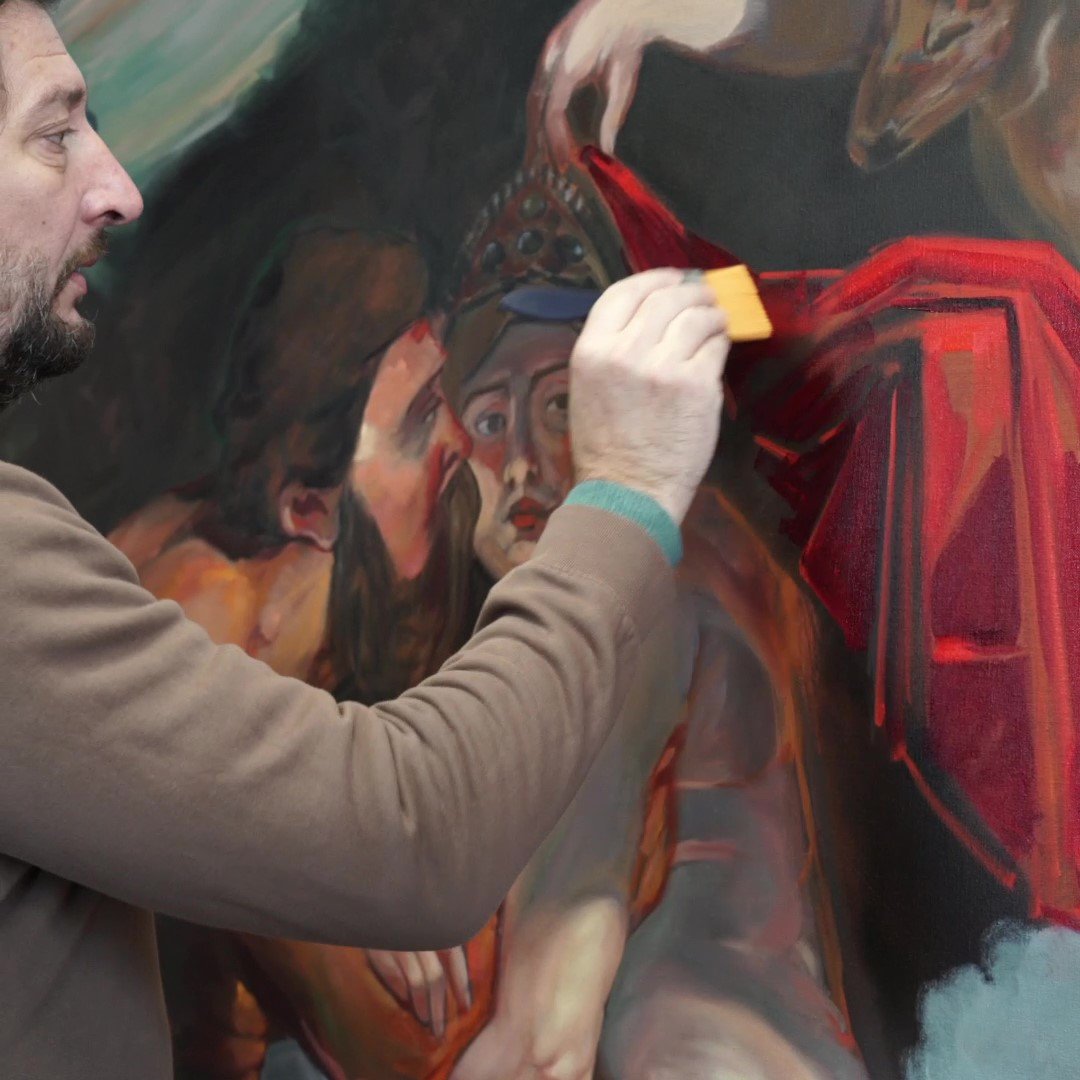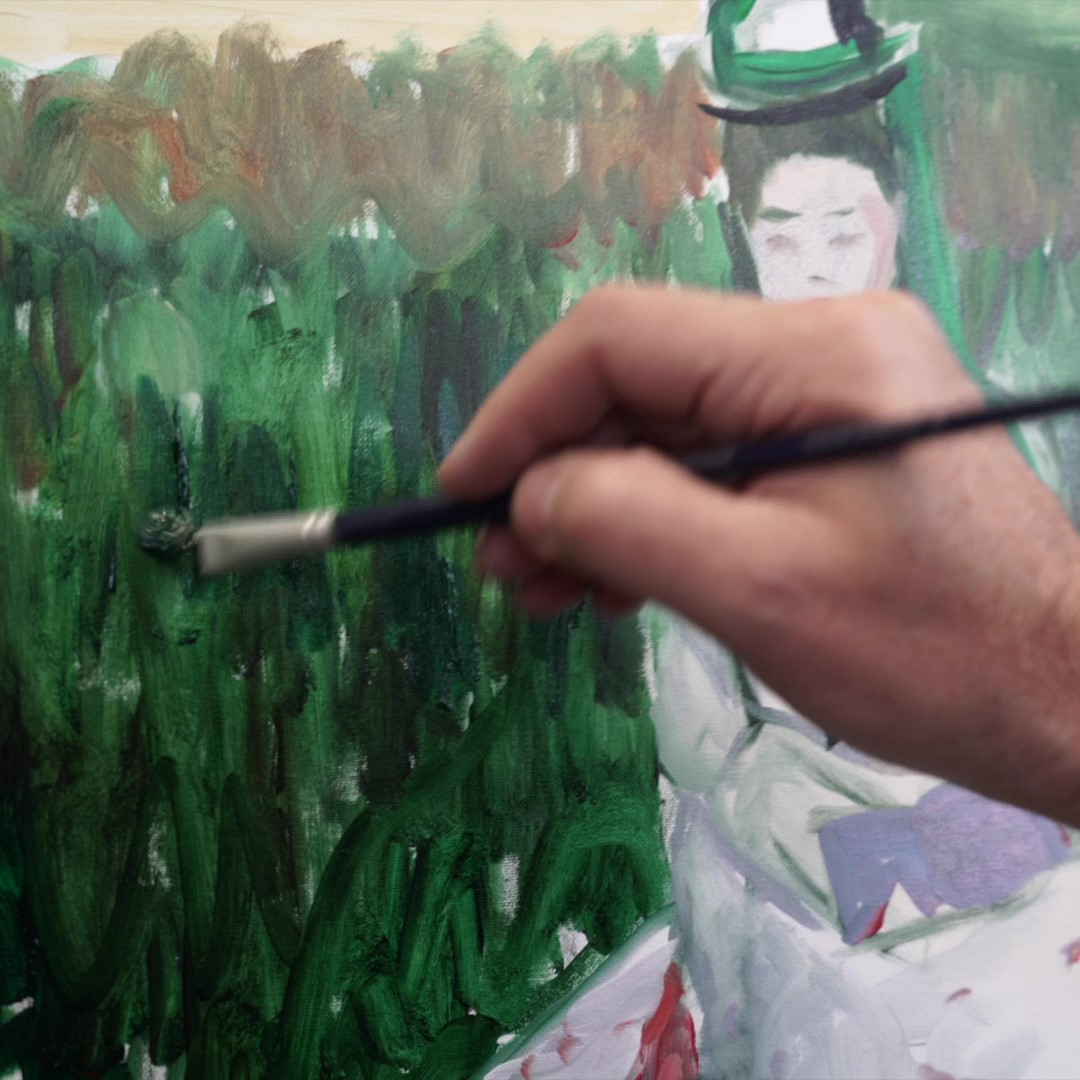REVELATION N°1
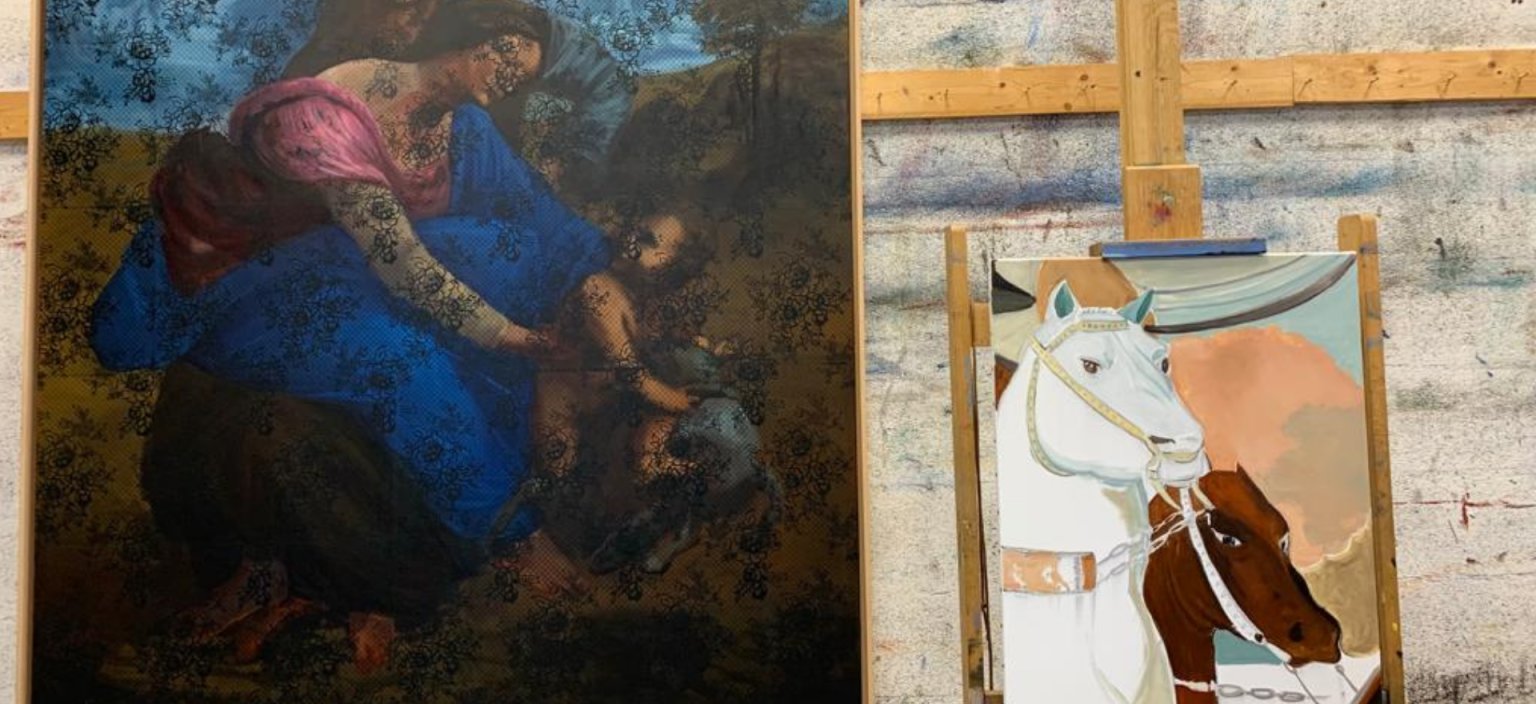
REVELATION N°1 EXALT THE POWER OF NUANCES
Our friend Olivier Masmonteil makes us travel in time, in the 15th century with Piero della Francesca and the Victory of Constantine on Maxence, painting which will mark the beginnings of the Italian Renaissance. At that time, the painter was a craftsman: it was the birth of the workshops. Discover the grisaille technique with the egg medium Xavier de Langlais Lefranc Bourgeois and plunge into the origins of painting.
WATCH THE VIDEO
WHAT IS GRISAILLE?
Grisaille is a technique that comes directly from drawing and allows you to create a monochrome by using a gradient between black, white and grey values. These shades can also be obtained by using a cameo of greens. It was once used to create sculptural illusions, trompe l'oeil or other architectural elements.
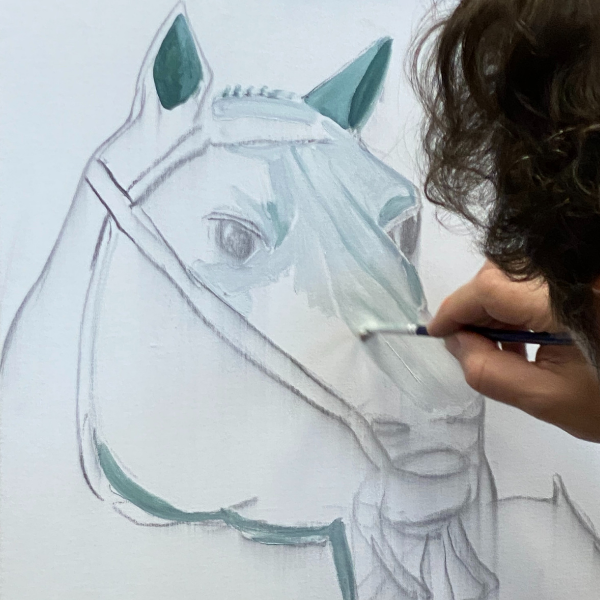
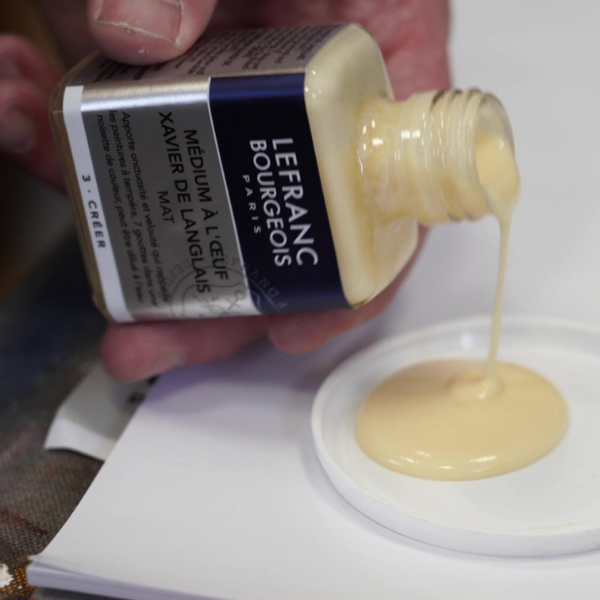
EGG MEDIUM
Xavier de Langlais' egg medium brings smoothness to the paste, accelerates the setting process, allows for superimposed effects of touches and velvety oil with a matte or glossy finish depending on the dosage
This very original recipe from Xavier de Langlais comes from the Italian primitive painters who used an egg-based emulsion to fix and keep the colour. With a fresh aspect, this technique called "Tempera" is stable and perfectly dosed to obtain a magnificent writing.
WATCH THE SERIES REVELATIONS
FIND OUR PRODUCTS
OUR SHOPS
Use our store locator to find your nearest stockist.



